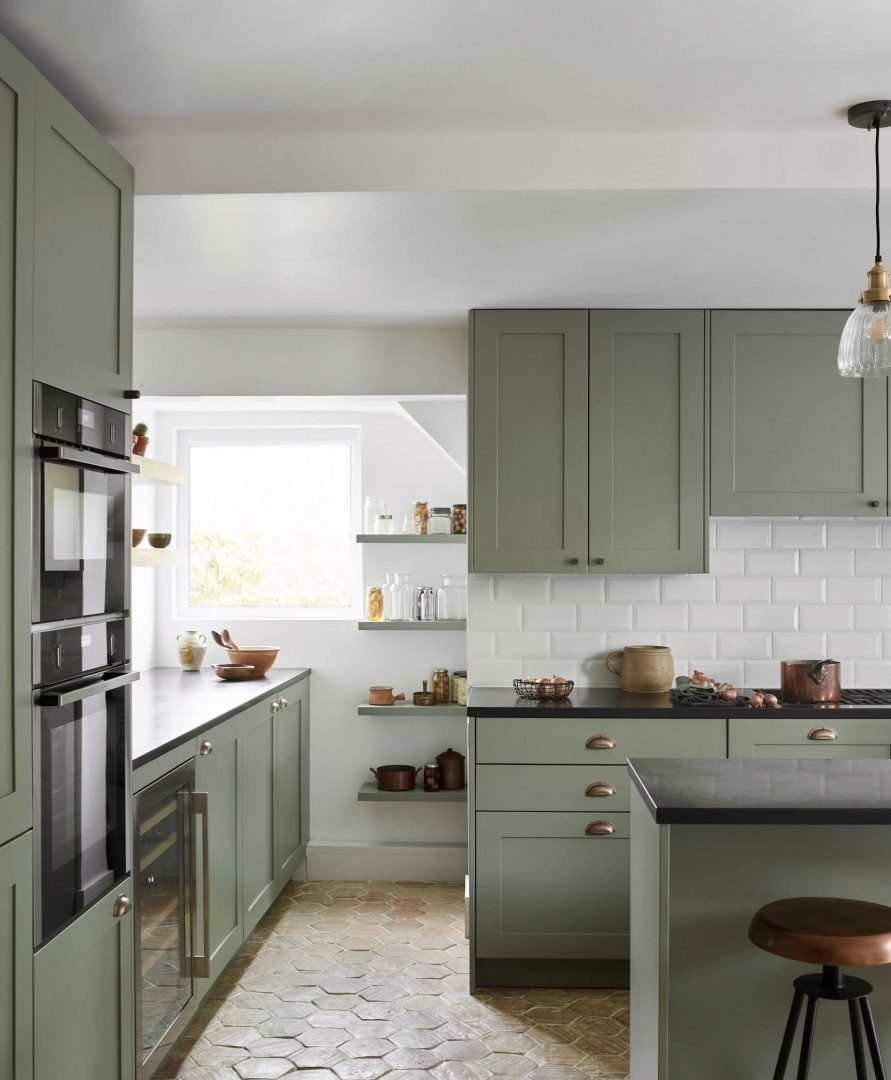The Chronicle and Development of Classic Cookware

In the current fast-paced culinary world, classic cookware continues to hold a cherished place in kitchens worldwide. Despite the influx of technologically advanced tools and modern materials, home cooks and professional chefs alike find solace in time-tested pieces. From the simple beauty of cast iron skillets to the refinement of copper pots, these enduring essentials not only enhance our cooking experience but also connect us to the deep history of culinary traditions.
At the heart of classic cookware is a celebrated past that shows the development of cooking itself. These pieces have stood the test of time, providing numerous generations with the tools needed to create tasty meals. Whether you’re holding your grandmother’s beloved Dutch oven or investing in new carbon steel pan, appreciating the importance of these classic items helps us to value their role in both the art of cooking and the heart of our homes. Join us as we discover the many reasons why classic cookware still reigns supreme in modern kitchens, appreciating its enduring appeal and unmatched versatility.
The Enduring Charm of Classic Cookware
Heritage cookware holds a unique place in cooking environments around the world, valued for its durability, effectiveness, and design. From the sturdy heft of cast iron skillets to the graceful elegance of enameled casseroles, these timeless pieces have endured the test of time and fads. They are not merely instruments but also keepers of narratives, each blemish and sheen reflecting a journey through countless meals and memories. This bond to the past enhances their charm, making them cherished by amateur chefs and trained chefs alike.

The visual allure of heritage cookware adds to its allure. Antique items often showcase exquisite craftsmanship and distinctive designs that modern manufacturing may overlook. These items can elevate the visual experience of cooking, turning the kitchen into a place that is both practical and visually appealing. Exhibiting them on visible shelves or utilizing them as focal points adds charm to any kitchen, connecting the gap between design and usefulness.
In terms of functionality, traditional cookware excels in efficiency, offering superior heat holding and delivery. Cookware made of materials like iron, copper, and carbon steel adjusts quickly to thermal shifts, allowing for precision cooking that is often missing in contemporary nonstick cookware. This outstanding capability is why many chefs continue to support these age-old tools, demonstrating that sometimes, the best advancements in cooking come from embracing the old.
Choosing and Caring for Traditional Cookware
Selecting traditional cookware involves considering both functionality and aesthetic appeal. Look for materials that promote uniform heat distribution, such as iron cast, copper, and enameled cooking pots. Think about the dimensions and form that best fits your cooking style and kitchen space. Established brands often provide confidence in quality and longevity, so it's wise to research and invest in highly-rated names in the industry. Additionally, think about the cookware's suitability with your cooking source, be it gas, electric, or induction, to ensure maximum performance.
Once you have picked your classic cookware, caring for it is important for durable use. For cast iron, seasoning is important to achieve a nonstick surface and prevent rust. Regularly wash your cookware using gentle methods, avoiding abrasive materials that can damage the surface. For enameled cookware, a quick soak and non-abrasive sponge will keep it looking pristine. Look for the particular care instructions for each variety of cookware you own to enhance their durability and performance.
Classic cookware can often be transferred through generations, making revitalization an appealing option for some home chefs. If you acquire pre-owned pieces, check them for quality and potential damage. Numerous classic pieces can be refurbished with a thorough cleaning and routine seasoning. Honor the past and tales behind these items as you incorporate them into your kitchen practices. With careful care, timeless cookware not only improves your culinary skills but also links you to a legacy of cooking that covers generations.
The Role of Traditional Cookware in Sustainable Cooking
Timeless cookware is not only valued for its longevity and effectiveness but also for its role to eco-friendly cooking practices. Numerous traditional cookware pieces, such as iron cookware, carbon steel, and copper, are known for their longevity, often enduring for long periods when properly cared for. Helpful resources minimizes the need for regular replacements, which thereby minimizes refuse and resource use associated with making new cookware. By choosing high-quality traditional pieces, cooks can significantly reduce their ecological footprint.
Additionally, the materials used in traditional cookware are often more sustainable than their current counterparts. For example, iron cookware and carbon steel are made from earthly materials and do not contain toxic substances that can leach into food. This not just ensures safer cooking but also contributes to better food options, as the use of classic cookware allows for diverse cooking techniques that enhance flavors without the need for excessive additives or oils. The option to cook with intense heat on these sturdy surfaces also promotes efficient energy use, as they hold and spread heat better.
Lastly, adopting traditional cookware aligns with the increasing movement towards cutting down on throwaway kitchen items. By selecting evergreen tools that can be renewed and utilized again, cooks are advocating against the norm of disposability that pervades the modern cooking landscape. This move towards superiority over quantity not only fosters individual culinary fulfillment but also represents a wider commitment to environmental care and reverence for the Earth. By cooking with timeless cookware, cooks can help foster a more sustainable future while enjoying the traditional traditions of cooking.
